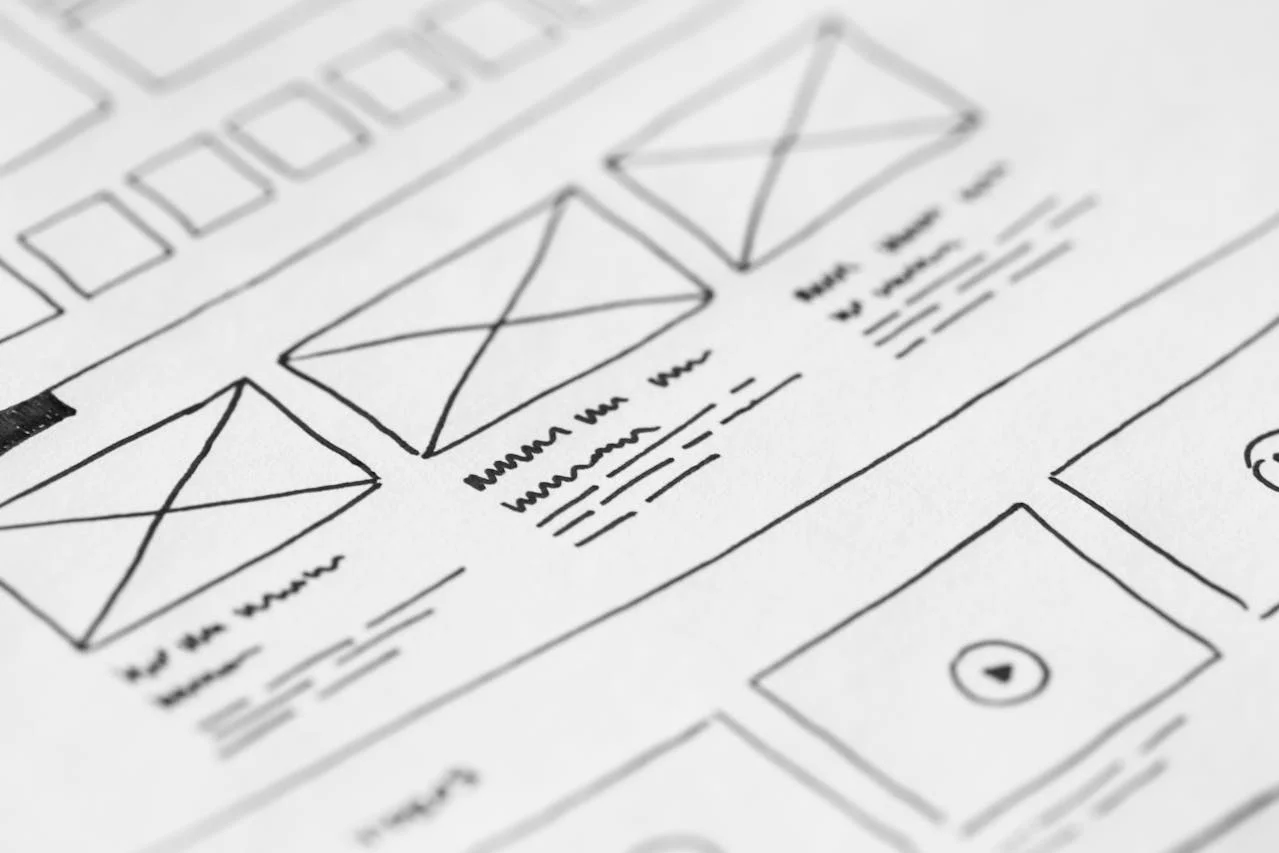Creating a successful Shopify store goes beyond simply listing products. To truly captivate and retain customers, you need to focus on the user experience (UX) – how visitors interact with your store, how easy it is to navigate, and how appealing your design is. Here are some practical tips to help you design a Shopify store that not only attracts customers but also converts them into loyal buyers.
1. Keep Navigation Simple and Intuitive
A clear and intuitive navigation menu is crucial for guiding visitors through your store. Keep your menu simple, with clearly defined categories that make it easy for customers to find what they’re looking for. Avoid cluttering the menu with too many options; instead, group similar products under broad categories.
Tip: Use drop-down menus for subcategories and ensure your search bar is prominently displayed.
2. Use High-Quality Images and Videos
Visual appeal is a significant factor in online shopping. High-quality images and videos can make a big difference in how customers perceive your products. Use professional photos that show your products from different angles, and consider adding short videos to demonstrate the product in use.
Tip: Ensure that images are optimized for fast loading without compromising quality, as slow load times can frustrate users and lead to higher bounce rates.
3. Prioritize Mobile Responsiveness
With a growing number of shoppers using mobile devices, it’s essential that your Shopify store is mobile-friendly. Ensure your design adapts seamlessly to different screen sizes, and test your site on various devices to confirm that all features work correctly.
Tip: Consider using a mobile-first design approach, where you design the mobile version of your site first, then scale up for desktop.
4. Optimize Page Load Speed
A slow-loading website can drive customers away before they even see your products. Optimize your Shopify store’s load speed by compressing images, minimizing the use of heavy scripts, and using a reliable hosting service.
Tip: Use tools like Google PageSpeed Insights to regularly check your site’s performance and identify areas for improvement.
5. Create a Cohesive Brand Identity
Your Shopify store should reflect a consistent brand identity across all pages. This includes your choice of colors, fonts, and overall design elements. A cohesive brand identity not only builds trust with customers but also makes your store more memorable.
Tip: Use Shopify’s theme customization options to align your store’s design with your brand guidelines.
6. Simplify the Checkout Process
A complicated checkout process is a major reason for cart abandonment. Simplify the process by reducing the number of steps required to complete a purchase. Offer guest checkout options and clearly display all costs upfront to avoid any surprises at the payment stage.
Tip: Include trust badges, multiple payment options, and clear return policies to reassure customers during checkout.
7. Leverage Social Proof
Displaying customer reviews, ratings, and testimonials can significantly boost credibility and influence purchasing decisions. Encourage satisfied customers to leave reviews and showcase them prominently on product pages.
Tip: Consider integrating a review app on your Shopify store to collect and display reviews seamlessly.
8. Use Clear and Compelling Calls-to-Action (CTAs)
Your calls-to-action (CTAs) should be clear, concise, and compelling. Whether it’s “Add to Cart,” “Buy Now,” or “Sign Up,” make sure the CTA buttons stand out and guide the customer towards the desired action.
Tip: Use contrasting colors for CTA buttons to make them more noticeable and place them strategically where they are easy to find.
9. Implement Personalized Recommendations
Personalized product recommendations can enhance the shopping experience by showing customers items they are likely to be interested in. Use data from previous purchases or browsing behavior to suggest related products, which can increase both sales and customer satisfaction.
Tip: Shopify offers various apps that can help implement personalized recommendations based on customer data.
10. Continuously Test and Optimize
Finally, the key to a successful Shopify store is continuous testing and optimization. Use A/B testing to experiment with different design elements, layouts, and CTAs to see what works best. Regularly review your store’s analytics to identify any potential issues or opportunities for improvement.
Tip: Tools like Shopify’s built-in analytics and Google Analytics can provide valuable insights into customer behavior and store performance.
Conclusion
A well-designed Shopify store that prioritizes user experience is more likely to attract and retain customers. By focusing on clear navigation, high-quality visuals, mobile responsiveness, and a smooth checkout process, you can create a shopping experience that not only meets but exceeds customer expectations. Remember, the key to ongoing success is continuous testing and optimization to keep your store performing at its best.



